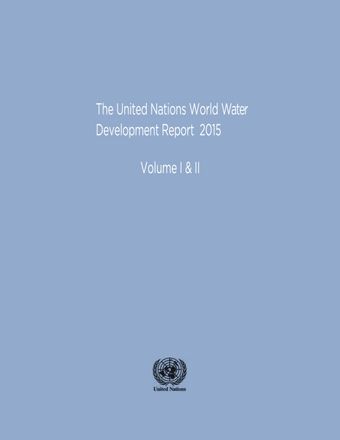Water recycling in Singapore

- Author: United Nations Educational, Scientific and Cultural Organization
- Main Title: The United Nations World Water Development Report 2015 , pp 25-26
- Publication Date: January 2015
- DOI: https://doi.org/10.18356/7fad864f-en
- Language: English Chinese
Since independence, Singapore grasped the necessity for diversification of its water supply to be able to meet future needs. While plans for water recycling emerged in the 1970s, cost and reliability concerns then suspended such activities until the maturation of membrane technology in the 1990s, allowing Singapore’s national water agency to revisit its plans for water recycling. In 2000, a full-scale demonstration plant was commissioned. This was followed by a comprehensive water sampling and analysis programme to determine the feasibility and dependability of water recycling for potable use. The first two water recycling plants were opened in 2003, accompanied by an awareness-raising and educational campaign to inform the public about the safety and purity of recycled water, branded ‘NEWater’. Thanks to continual investments by the government in water research and development and strong political will to achieve long-term water sustainability as well as national resilience against water scarcity, NEWater was successfully introduced and accepted by the public.
-
From This Site
/content/books/9789210047128s002-c006dcterms_title,dcterms_subject,pub_keyword-contentType:Journal -contentType:Contributor -contentType:Concept -contentType:Institution105

